Explore the persuasive writing structure in this engaging persuasive writing flipbook.
Persuasive Structure Planning Guide for Kids
If you are currently teaching your students the structure of a persuasive text when writing, this printable flipbook is the perfect resource for students to practise their knowledge. Once students have picked a topic to write about – this flip book is the ideal planning tool for your students to use to ensure they follow the best structure for their persuasive writing.
How to Create Persuasive Writing Flipbook
You’ll need to print this whole resource for each student; while it seems like a lot of paper, students can refer to it throughout an entire mathematics unit on odd and even numbers.
- Cut out the flipbook pages on the dashed lines.
- Stack the pages in order, beginning with the largest on the bottom and ending with the smallest on top.
- Align all pages along the top edge.
- Staple the book together at marked staple points.
- Have students draw and write about the story elements based on the prompt given on each page.
Multiple Applications for This Persuasive Writing Resource
The beauty of this resource lies in its versatility! Why not try some of the following suggestions:
- Whole-class activity (completed as a class)
- Small-group activity (in small guided groups)
- Individual activity (for students who are capable of completing independently)
- Homework task (for revision of concepts taught)
Download to Get Started!
Use the dropdown arrow next to the Download button to choose between the editable Google Slides file or the easy-print PDF.
This resource was created by Lindsey Phillips, a Teach Starter collaborator.
More Persuasive Writing Resources
Cut down your lesson planning time by checking out some of these other relevant resources for persuasive writing:
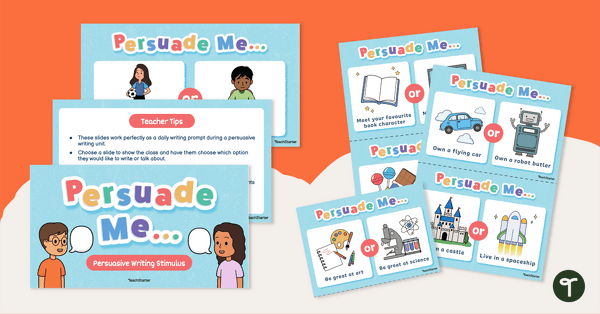
teaching resource
Persuade Me Persuasive Writing Prompts
Encourage students to write persuasive texts with these engaging task cards or teaching slides.
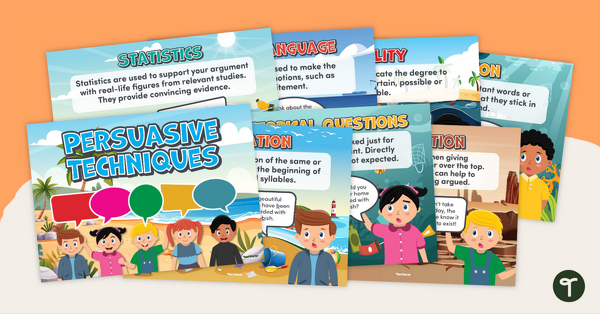
teaching resource
Persuasive Techniques Posters
Support students to improve their persuasive writing with these persuasive techniques posters.
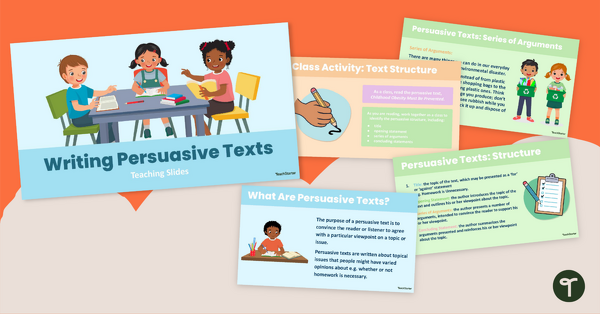
teaching resource
Writing Persuasive Texts PowerPoint - Year 5 and Year 6
Explore the structure and language features of persuasive texts with these teaching slides.
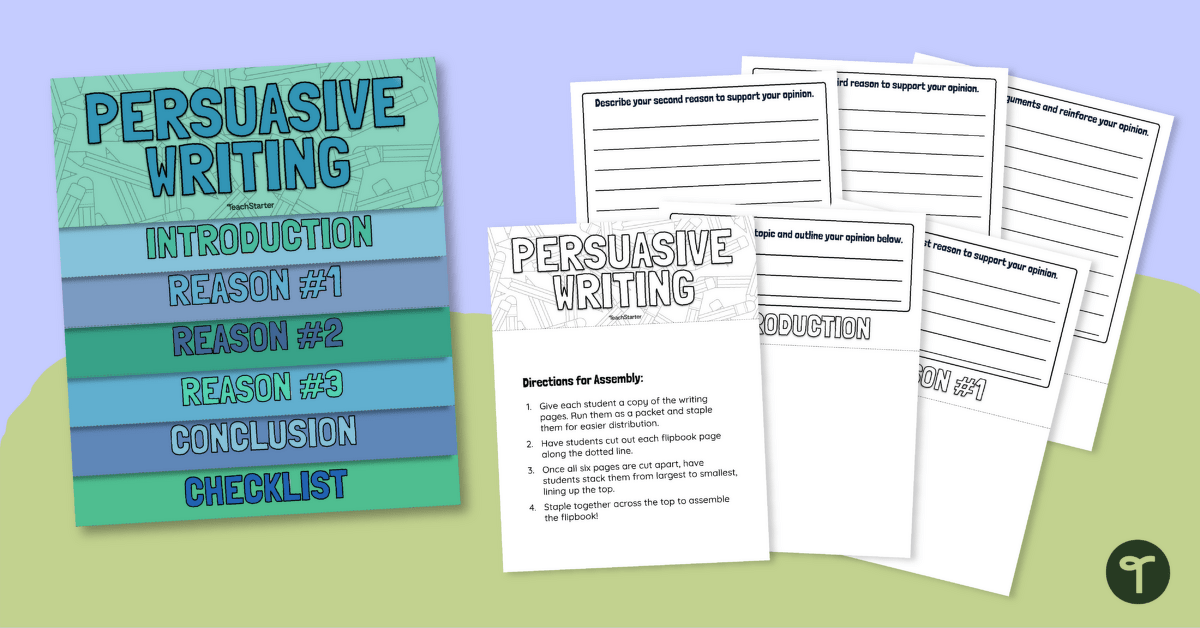

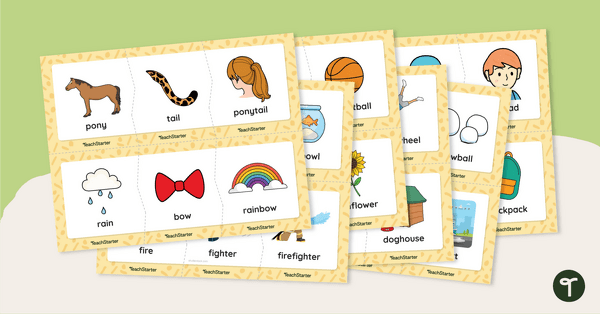
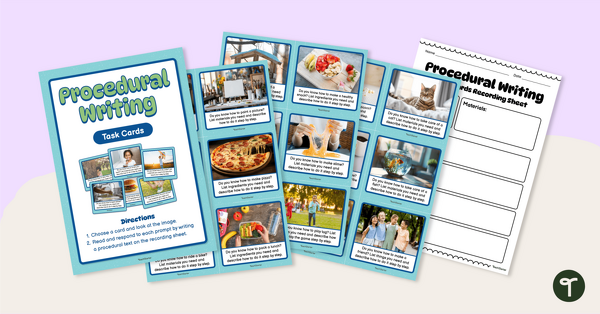
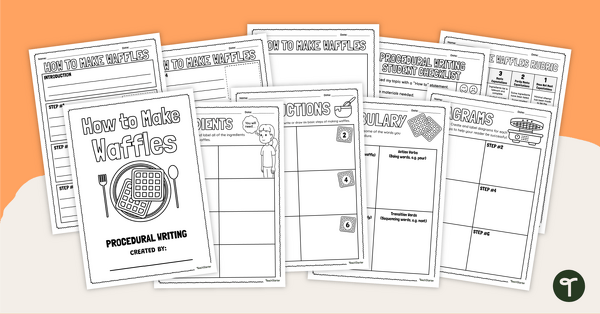
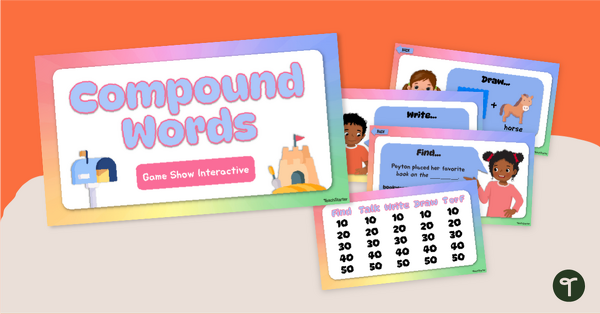
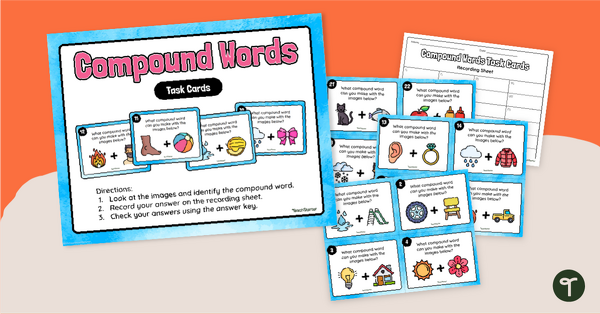
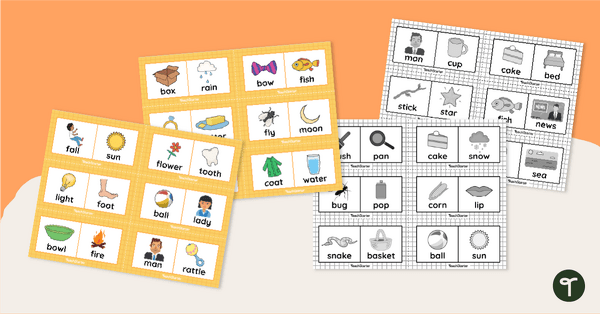


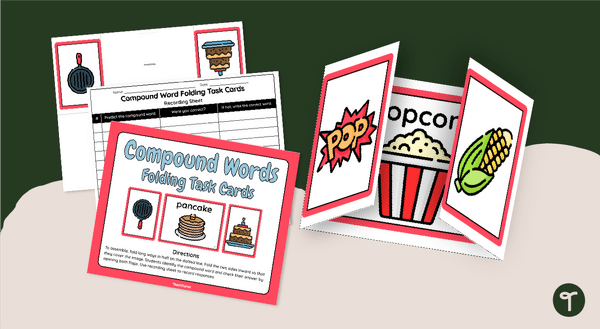
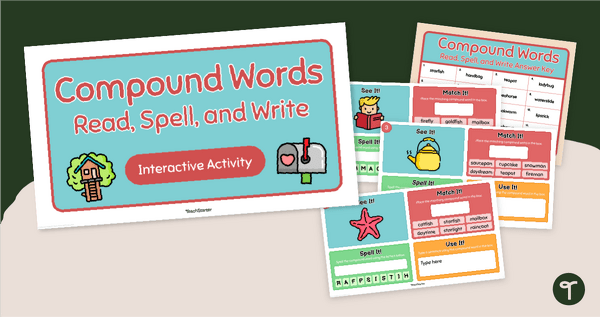
1 Comment
Write a review to help other teachers and parents like yourself. If you'd like to request a change to this resource, or report an error, select the corresponding tab above.
No comments yet.